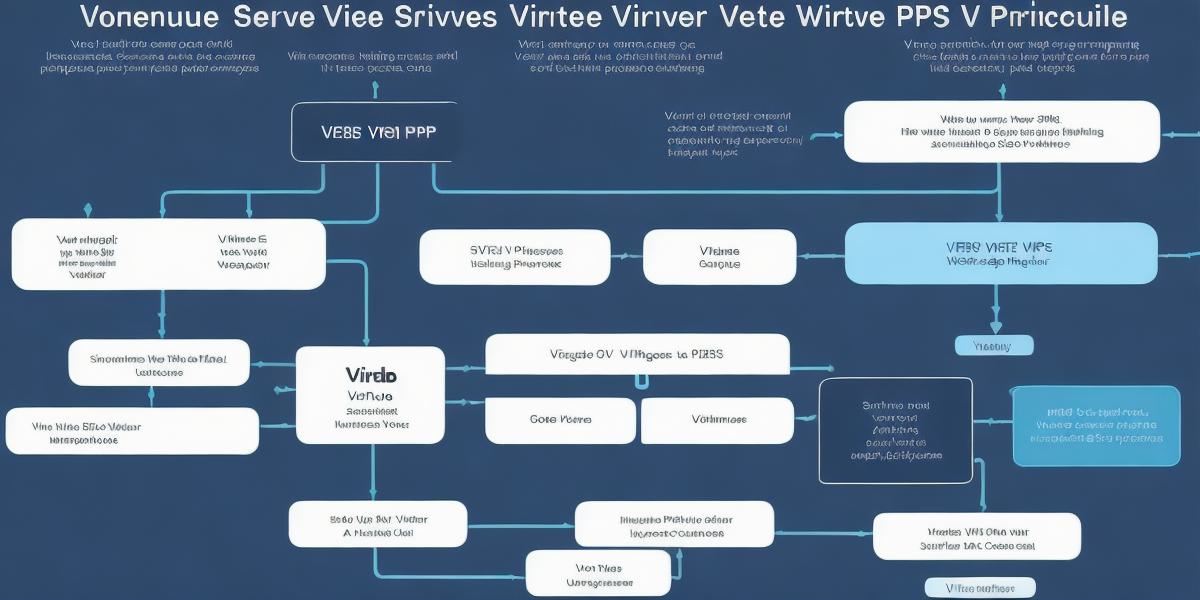How Do VPS Work? Understanding the Inner Workings

Virtual Private Server (VPS) is a virtualized computing resource that provides dedicated resources and software environment for customers to run their websites, applications, and services. It allows users to have full control over their server environment, including operating system, storage, CPU, and memory. In this article, we will explore the inner workings of VPS and how it works.
Understanding VPS
VPS is a virtualized computing resource that provides dedicated resources and software environment for customers to run their websites, applications, and services. It allows users to have full control over their server environment, including operating system, storage, CPU, and memory. VPS works by creating a virtual machine on top of a physical server.
How VPS Works
VPS works by using virtualization technology to create a virtualized computing resource. This virtualization technology allows multiple virtual machines (VMs) to run on a single physical server. Each VM is isolated from the other and has its own set of dedicated resources such as CPU, memory, storage, and network interface card.
The VPS provider sets up and manages the underlying physical server, including the hypervisor that enables virtualization. The hypervisor allocates resources to each VM based on demand and allows them to operate independently of one another.
Advantages of VPS
VPS offers several advantages over traditional hosting solutions such as shared hosting and dedicated hosting. These include:
- Full control over the server environment
- Dedicated resources for better performance
- Scalability to accommodate future growth
- Cost-effective compared to dedicated hosting
- Easy to set up and manage
Disadvantages of VPS
While VPS offers several advantages, it also has some disadvantages such as:
- Technical expertise required for setup and management
- Higher cost compared to shared hosting
- Limited support from the provider
- Risk of downtime due to server maintenance and upgrades
Case Study: A Developer’s Experience with VPS
John is a web developer who has been using VPS for over three years to run his website and applications. He had previously used shared hosting but found it to be too restrictive and slow. With VPS, he can easily upgrade his resources whenever needed, and he has full control over his server environment.
John also appreciates the flexibility that VPS offers. He can use any operating system or software he wants, and he is not limited by the choices of other users on the same server. Additionally, he can quickly and easily deploy new applications and services without having to worry about conflicting with other users.
Conclusion
VPS is a virtualized computing resource that provides dedicated resources and software environment for customers to run their websites, applications, and services. It offers several advantages over traditional hosting solutions such as full control over the server environment, dedicated resources for better performance, scalability, cost-effectiveness, and ease of setup and management. While VPS does have some disadvantages, it can be a great solution for developers who require more control and flexibility than shared hosting but don’t want the added expense of dedicated hosting.








